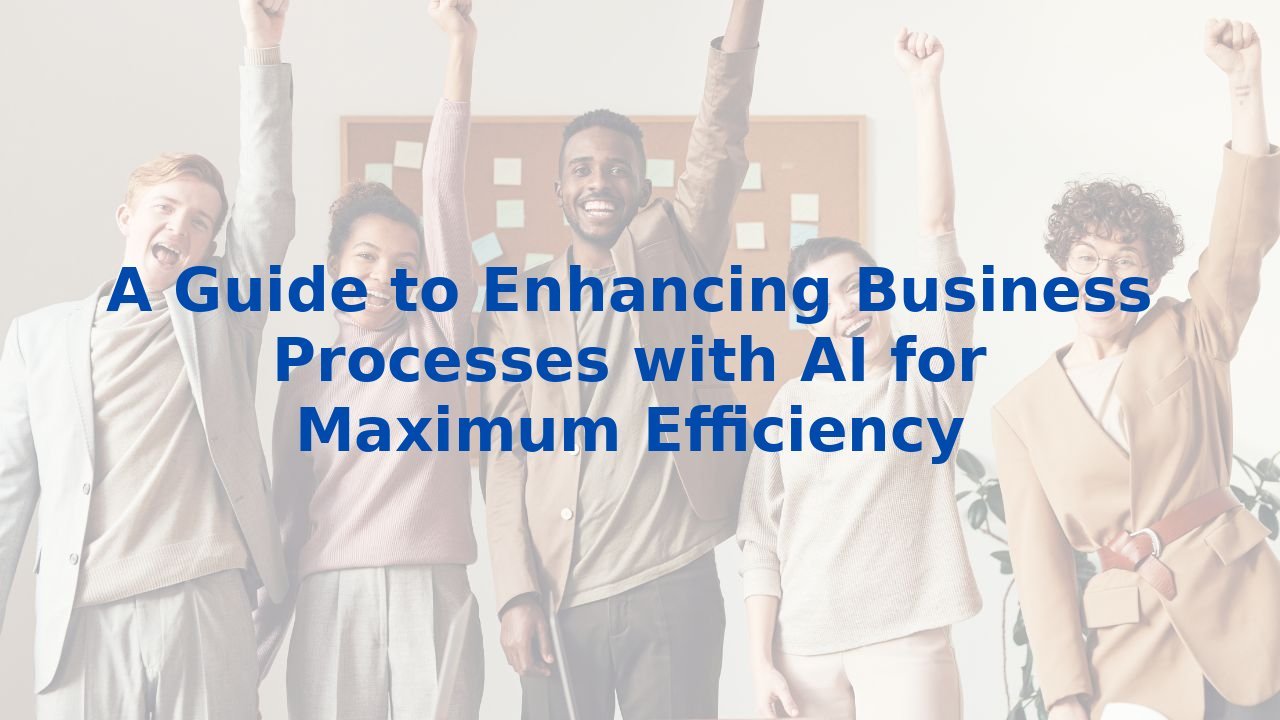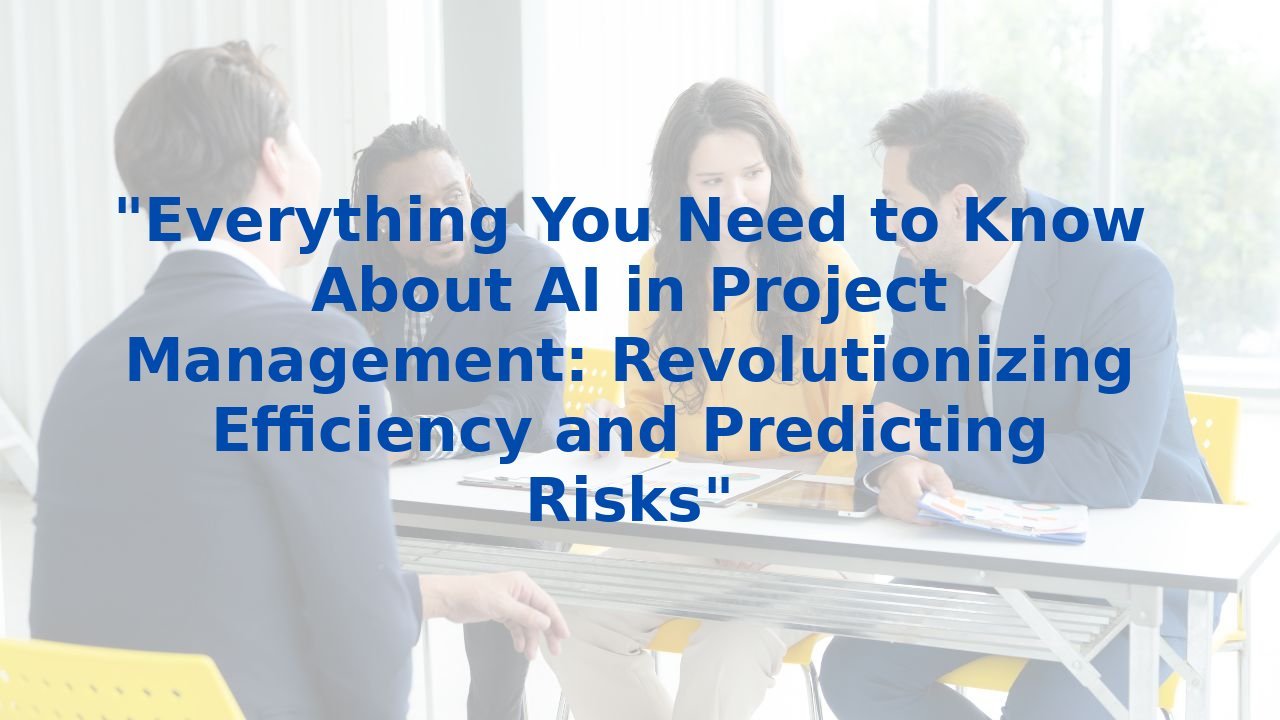A Guide to Enhancing Business Processes with AI for Maximum Efficiency
A Guide to Enhancing Business Processes with AI for Maximum Efficiency
In a world where speed and precision govern success, organizations are on an unyielding quest to streamline operations and enhance productivity. Enter artificial intelligence (AI)—a game-changing ally that offers a wealth of possibilities. This guide explores how AI can elevate existing business processes, driving efficiency at every turn.
1. Automating Repetitive Tasks
Picture your team burdened with mundane tasks like data entry, invoice processing, and appointment scheduling. These repetitive duties eat away time and creativity, leaving little room for innovation. AI steps in here, offering a remedy through automation. By harnessing AI-powered bots and software, organizations can minimize human error and reclaim valuable time. This freedom allows employees to focus their talents on strategic initiatives that genuinely push the business forward.
2. Optimizing Workflows
Understanding how your organization’s workflow operates is crucial, and this is where AI truly shines. With its robust analytical capabilities, AI can unveil hidden bottlenecks and inefficiencies that may be stifling productivity. Imagine having the ability to restructure processes, automate manual tasks, and reallocate resources where they’re needed most—all backed by solid data. This optimization results in agile workflows that facilitate quicker task completion and deliver a lean operational framework, enabling the organization to respond to changing demands with grace.
3. Enhancing Decision-Making
In the business world, decisions are often the linchpin of success or failure. AI empowers organizations to make sound, data-driven choices. By analyzing historical and real-time data, AI provides critical insights that aid in forecasting demand, pinpointing growth opportunities, and mitigating risks. Imagine a scenario where feedback from employee surveys is swiftly transformed into coherent insights. This proactive approach to understanding your team's needs fosters a more engaged workforce and aligns organizational objectives with the realities on the ground.
4. Improving Communication and Collaboration
In today’s interconnected landscape, the way teams communicate can make or break productivity. AI-powered tools streamline information sharing and scheduling, intelligently analyzing calendars and time zones for optimal interactions. By automating routine communications and facilitating collaboration, teams can work in synergy and maintain focus on their objectives—cutting down misunderstandings and enhancing overall productivity.
5. Streamlining Content Creation
If you've ever grappled with content creation—from crafting emails to generating reports—you know how time-consuming it can be. Generative AI changes the narrative here, automating the heavy lifting of content production. Whether translating languages or personalizing communication, it assures consistency in tone and style, empowering businesses to convey their messages more effectively and professionally.
6. Enhancing Quality Control and Assurance
Quality should never be an afterthought. AI is revolutionizing quality control by enabling real-time monitoring of manufacturing processes. Early detection of defects or irregularities safeguards the brand’s reputation and minimizes waste. The assurance that products will meet stringent standards before reaching customers is not just a promise—it's a competitive advantage that builds trust and loyalty.
7. Supporting Customer Service
Customer service is where AI truly connects with end-users. By automating routine inquiries through chatbots, companies can allocate their human resources to tackle more complex customer issues, allowing for faster resolutions and improved customer satisfaction. The result? A harmonious blend of technology and human interaction that leaves customers feeling valued, heard, and understood.
8. Benefits of Employee Training for AI
As organizations embrace AI, the need for comprehensive employee training cannot be overstated. To maximize the benefits of AI, your workforce must be equipped to navigate and integrate these technologies seamlessly. Think beyond classroom-style training—hands-on workshops that allow employees to interact with AI tools can foster a deeper understanding. This investment empowers employees to leverage AI-driven insights in their decision-making, turning them into innovators in their respective roles and driving the organization's growth forward.
Conclusion
AI is not just a buzzword; it's a catalyst for change in business processes. With capabilities that streamline operations, eradicate inefficiencies, and empower employees, the question isn’t whether to incorporate AI, but how to do so effectively. By investing in both technologies and employee training, organizations can stride confidently into the future, equipped to thrive in the digital age. Embracing AI now is not merely advantageous; it's essential for catalyzing operational excellence and ensuring long-term success.



